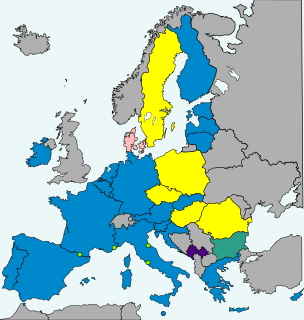 W
WThis article covers the gold and silver issues of the euro commemorative coins. It also includes some rare cases of bimetal collector coins.
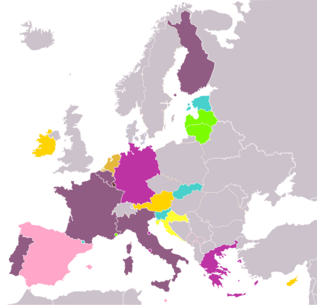 W
W€2 commemorative coins are special euro coins minted and issued by member states of the eurozone since 2004 as legal tender in all eurozone member states. Only the national obverse sides of the coins differ; the common reverse sides do not. The coins typically commemorate the anniversaries of historical events or draw attention to current events of special importance. In 2007, 2009, 2012 and 2015, there were common commemorative coins with only different national inscriptions. Up to end of 2017, three hundred and two variations of €2 commemorative coins have been minted – six in 2004, eight in 2005, seven in 2006, twenty in 2007, ten in 2008, twenty-five in 2009, twelve in 2010, sixteen in 2011, thirty in 2012, twenty-three in 2013, twenty-six in 2014, forty-seven in 2015, and thirty-two both in 2016 and 2017. Finland, Italy, Luxembourg, San Marino and the Vatican City are the only countries to have released at least one commemorative coin every year since 2004.
 W
WEuro gold and silver commemorative coins are special euro coins minted and issued by member states of the Eurozone. They are minted mainly in gold and silver, although other precious metals are also used on rare occasions. Austria was one of the first twelve countries in the Eurozone to introduce the euro (€), on 1 January 2002. Since then, the Austrian Mint has been minting both normal issues of Austrian euro coins and commemorative euro coins in gold and silver.
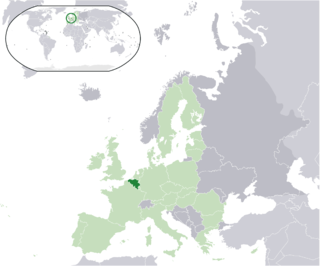 W
WEuro gold and silver commemorative coins are special euro coins minted and issued by member states of the Eurozone, mainly in gold and silver, although other precious metals are also used in rare occasions. Belgium was one of the first twelve countries in the Eurozone that introduced the euro (€) on 1 January 2002. Since then, the Belgian Royal Mint have been minting both normal issues of Belgian euro coins, which are intended for circulation, and commemorative euro coins in gold and silver.
 W
WEuro gold and silver commemorative coins are special euro coins minted and issued by member states of the Eurozone, mainly in gold and silver, although other precious metals are also used in rare occasions. Cyprus introduced the euro (€) on 1 January 2008. In 2000, in such a short time, the Central Bank of Cyprus has produced the first commemorative euro coin in silver. In 2010 the Central Bank of Cyprus has produced 2 more commemorative euro coin in gold and silver.
 W
WEuro gold and silver commemorative coins are special euro coins minted and issued by member states of the Eurozone, mainly in gold and silver, although other precious metals are also used in rare occasions. Estonia joined the Eurozone on 1. January 2011. Since then Bank of Estonia has been issuing both normal issues of Estonian euro coins, which are intended for circulation, and commemorative euro coins in gold and silver.
 W
WEuro gold and silver commemorative coins are special euro coins minted and issued by member states of the Eurozone, mainly in gold and silver, although other metals are also used on rare occasions. Malta introduced the euro (€) on 1 January 2008. In a short time, the Central Bank of Malta has been producing both normal issues of Maltese euro coins, which are intended for circulation, and commemorative euro coins in gold and silver.
 W
WThe Europa Coin Programme, also known as the European Silver Programme, or the Eurostar Programme, is an initiative dedicated to the issuance of collector-oriented legal tender coins in precious metals to celebrate European identity. The issuing authorities of EU member countries voluntarily contribute coins to the Europa Coin Programme. Multiple countries have participated in the programme, beginning in 2004. Some coins are denominated in euro, others are denominated in other currencies. Europa coins are legal tender.
 W
WEuro gold and silver commemorative coins are special euro coins minted and issued by member states of the Eurozone, mainly in gold and silver, although other precious metals are also used in rare occasions. Finland was one of the first twelve countries in the Eurozone that introduced the euro (€) on 1 January 2002. Since then, the Mint of Finland Ltd. have been minting both normal issues of Finnish euro coins, which are intended for circulation, and commemorative euro coins in gold and silver.
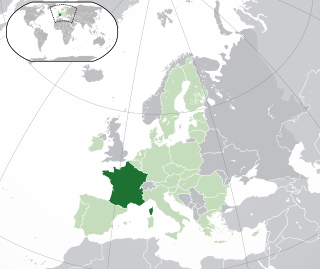 W
WFrance has a rich selection of Gold and Silver commemorative coins. These coins are minted by Monnaie de Paris, which is a state owned industrial and commercial company. Monnaie de Paris has a distinctive different mark guaranteeing "Monnaie de Paris’s quality, origin and authenticity of its collector coins". A second mark, representing the symbol of Master Engraver, Hubert Lariviere, which is engraved on their coins; the French horn, a few waves and a fish’s silhouette. Mr. Lariviere has since retired.
 W
WThis article covers euro gold and silver commemorative coins issued in Germany. It also covers rare cases of collectors coins minted using other precious metals. It does not cover either the German €2 commemorative coins or the Pre-Euro German Currencies. For euro gold and silver commemorative coins of other countries see Euro gold and silver commemorative coins.
 W
WEuro gold and silver commemorative coins are special euro coins minted and issued by member states of the Eurozone, mainly in gold and silver, although other precious metals are also used in rare occasions. Greece was one of the first twelve countries in the Eurozone that introduced the euro (€) on 1 January 2002. Since 2003, the Mint of Greece have been minting both normal issues of Greek euro coins, which are intended for circulation, and commemorative euro coins in gold and silver.
 W
WThis article covers euro gold and silver commemorative coins issued by the Central Bank and Financial Services Authority of Ireland. It also covers rare cases of collectors coins minted using other precious metals. It does not cover either the Irish €2 commemorative coins or the Irish Pound commemorative coins.
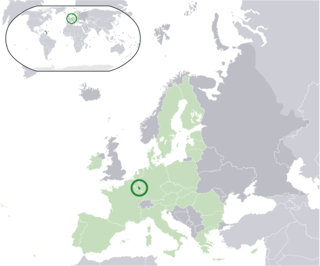 W
WThis article covers Euro Gold and Silver coins Issued by the 'Banque Centrale Du Luxembourg'. It also covers rare cases of collectors coins minted using other precious metals. This article however, does not cover either the Luxembourg €2 commemorative coins or the Luxembourg Franc commemorative coins.
 W
WEuro gold and silver commemorative coins are special euro coins minted and issued by member states of the Eurozone, mainly in gold and silver, although other precious metals are also used in rare occasions. Monaco was one of the first countries allowed to introduced the euro (€) on 1 January 2002, although they are not officially part of the Eurozone. Since then, the Monnaie de Paris in France have been minting both normal issues of Monégasque euro coins, which are intended for circulation, and commemorative euro coins in gold and silver.
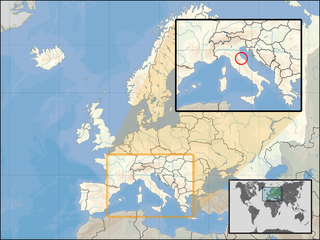 W
WThis article covers euro gold and silver commemorative coins issued by Azienda Autonoma Di Stato Filatelica E Numismatica. It also covers rare cases of collectors coins minted using other precious metals. It does not cover either the San Marino €2 commemorative coins or the Sammarinese scudo commemorative coins.
 W
WEuro gold and silver commemorative coins are special euro coins minted and issued by member states of the Eurozone, mainly in gold and silver, although other precious metals are also used on rare occasions. Slovakia is scheduled to introduced the euro (€) on 1 January 2009. The National Bank of Slovakia, together with the Kremnica Mint, will be issuing both normal issues of Slovak euro coins, which are intended for circulation, and commemorative euro coins in gold and silver. These special coins have a legal tender only in Slovakia, unlike the normal issues of the Slovak euro coins, which have a legal tender in every country of the Eurozone. This means that the commemorative coins made of gold and silver cannot be used as money in other countries. Furthermore, as their bullion value generally vastly exceeds their face value, these coins are not intended to be used as means of payment at all—although it remains possible. For this reason, they are usually named Collectors' coins.
 W
WEuro gold and silver commemorative coins are special euro coins minted and issued by member states of the Eurozone, mainly in gold and silver, although other precious metals are also used in rare occasions. Slovenia introduced the euro (€) on 1 January 2007. Since then, the Bank of Slovenia have been issuing both normal issues of Slovenian euro coins, which are intended for circulation, and commemorative euro coins in gold and silver.
 W
WThis article covers euro gold and silver coins issued by the Royal Spanish Mint. It also covers rare cases of collectors coins minted using other precious metals. This article however, does not cover either the Spanish €2 commemorative coins or the Spanish peseta commemorative coins.
 W
WThe Vatican City, even though not a member of the European Union, became a member of the Eurozone. Since 2002 it has had a special agreement with the EU that allows this microstate to mint a limited number of euro coins. This article is specifically about the euro gold and silver commemorative coins of the Vatican City and does not cover the pre-euro commemorative coins.